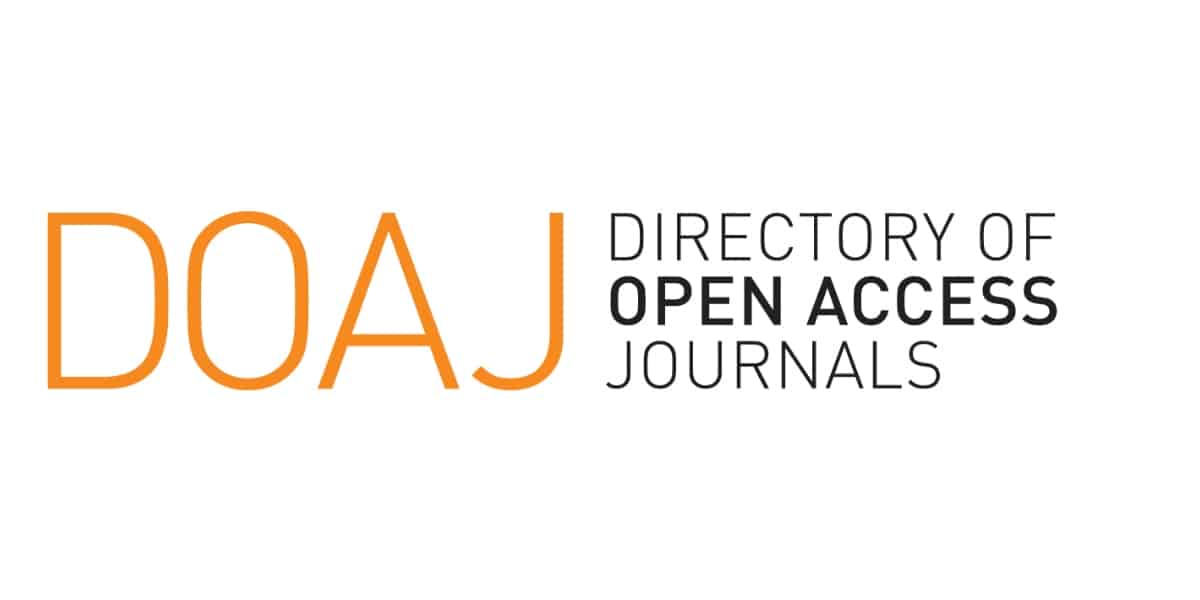Pengolahan Air Limbah dengan Metode Koagulasi Flokulasi pada Industri Kimia
Keywords:
coagulation, flocculation, utility,, wastewater treatmentAbstract
Utilities are one of the supporting processes in a factory, consisting of units providing water, steam, electricity, fuel procurement, compressed air, and wastewater treatment. Wastewater from industrial processes contains: toxic pollutants, organic and inorganic materials, also other industrial materials are toxic, mutagenic, and carcinogenic, so treatment is needed to overcome this. Wastewater treatment can use coagulation and flocculation methods. Coagulation is the process of adding chemicals to the water that causes the separation of particles to destabilize the particles and allow them to adhere to other particles (to remove) in the following process. Factors that can affect the success of the coagulation process include the type of coagulant used, coagulant dose, moving process, and pH. Meanwhile, flocculation removes water turbidity by collecting small particles into larger particles with the addition of chemical flocculants. The flocculants are divided into two, perikinetic flocculation and optokinetic flocculation. This article aims to determine the effectiveness of wastewater treatment in the chemical industry using the coagulation-flocculation method. The coagulation-flocculation process can reduce pollution of the aquatic environment so as not to aggravate cases of environmental pollution.
















